Protect your family from respiratory illnesses. Schedule your immunization here >
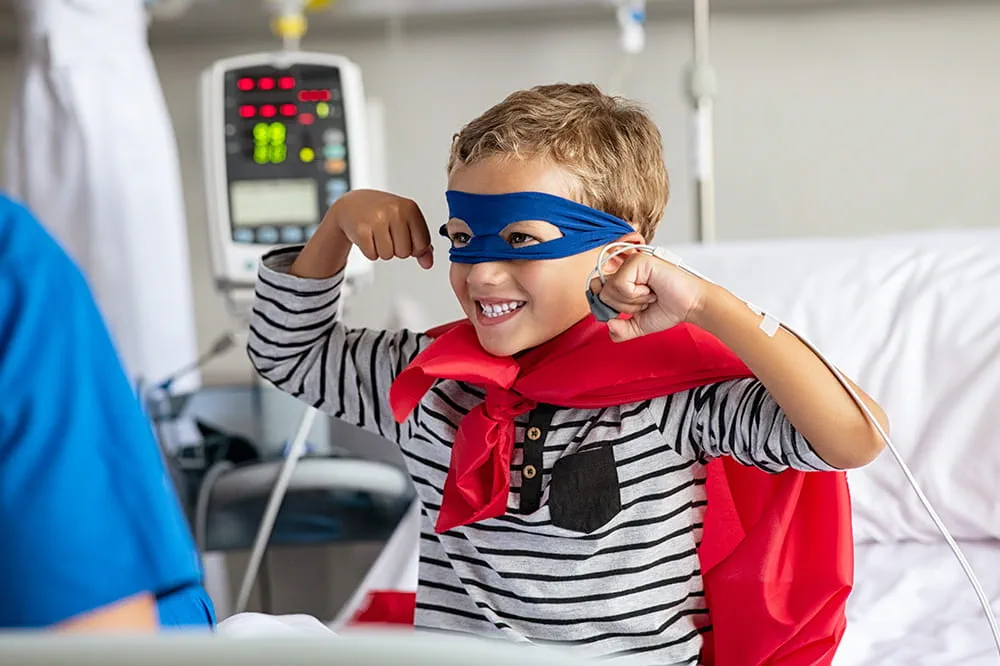
Ranked nationally in pediatric care.
Arkansas Children's provides right-sized care for your child. U.S. News & World Report has ranked Arkansas Children's in seven specialties for 2025-2026.
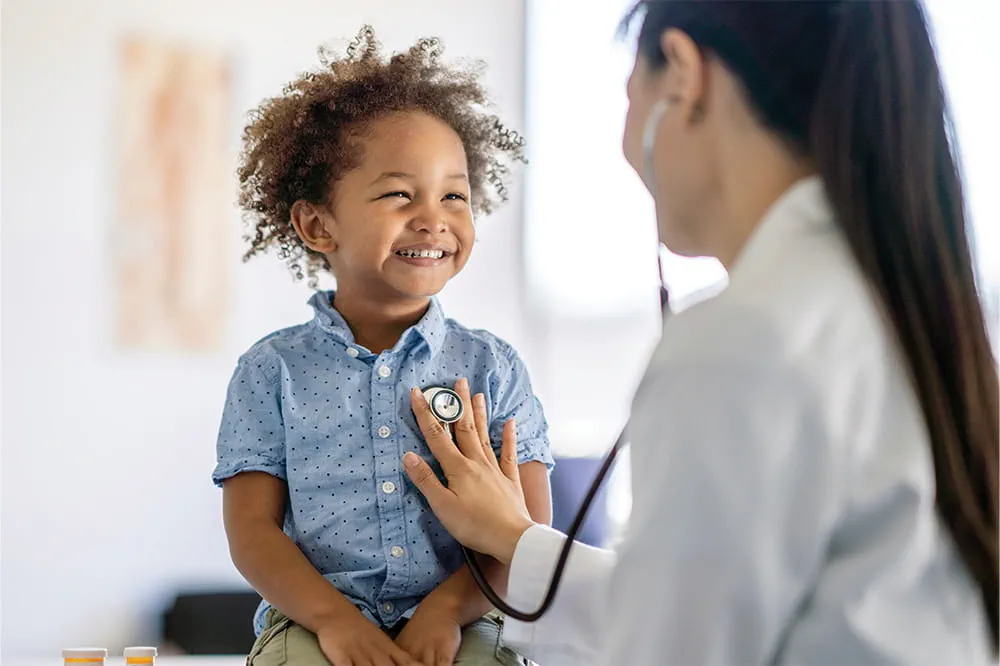
It's easier than ever to sign up for MyChart.
Sign up online to quickly and easily manage your child's medical information and connect with us whenever you need.
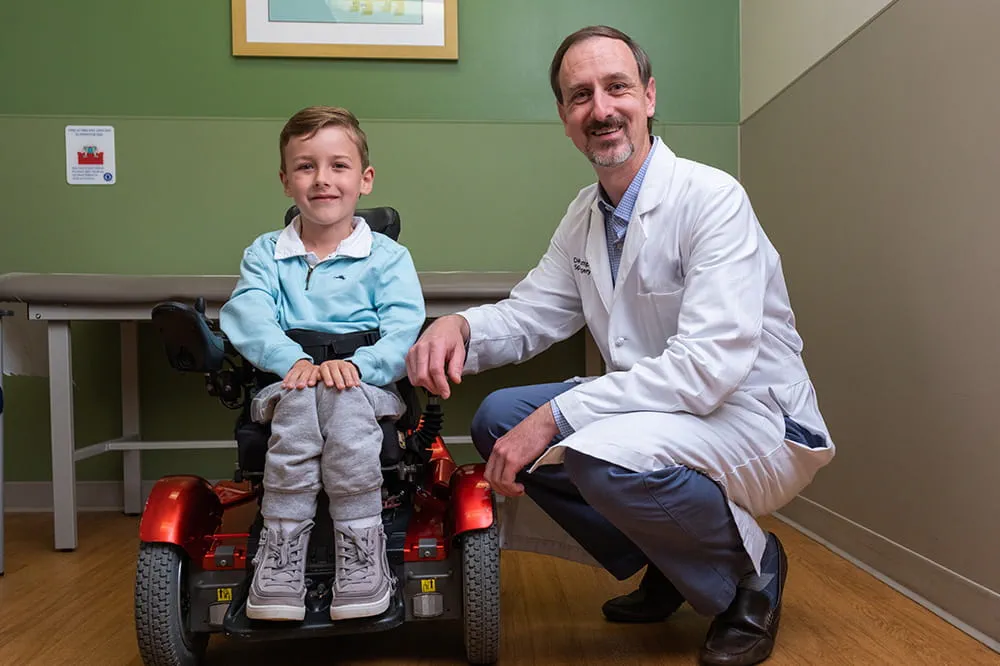
We're focused on improving child health through exceptional patient care, groundbreaking research, continuing education, and outreach and prevention.
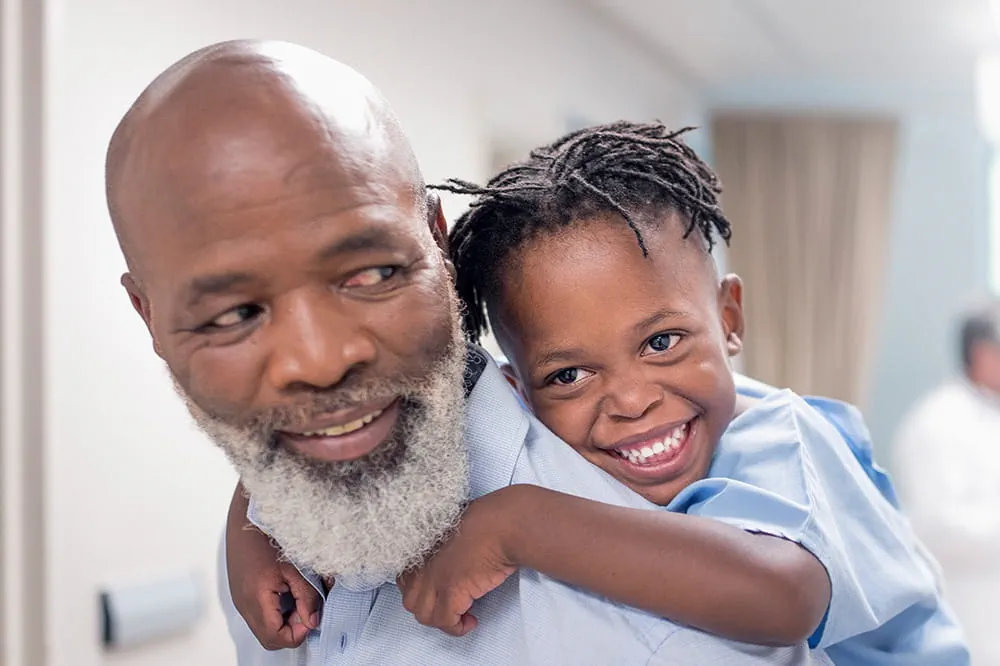
When it comes to your child, every emergency is a big deal.
Our ERs are staffed 24/7 with doctors, nurses and staff who know kids best – all trained to deliver right-sized care for your child in a safe environment.
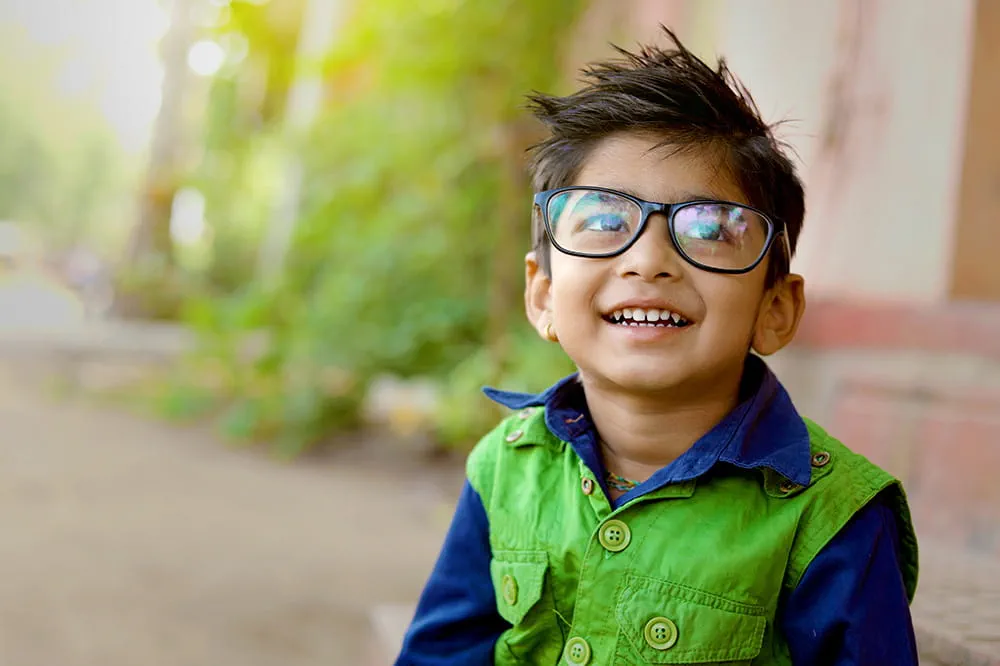
Arkansas Children's provides right-sized care for your child. U.S. News & World Report has ranked Arkansas Children's in seven specialties for 2025-2026.

Looking for resources for your family?
Find health tips, patient stories, and news you can use to champion children.
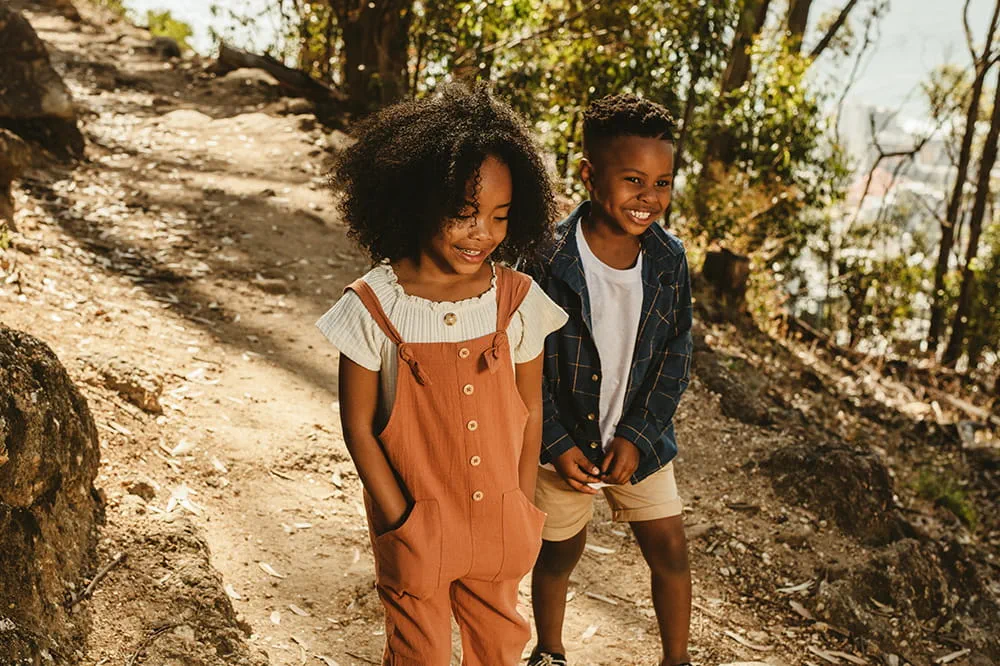
Support from the comfort of your home.
Our flu resources and education information help parents and families provide effective care at home.
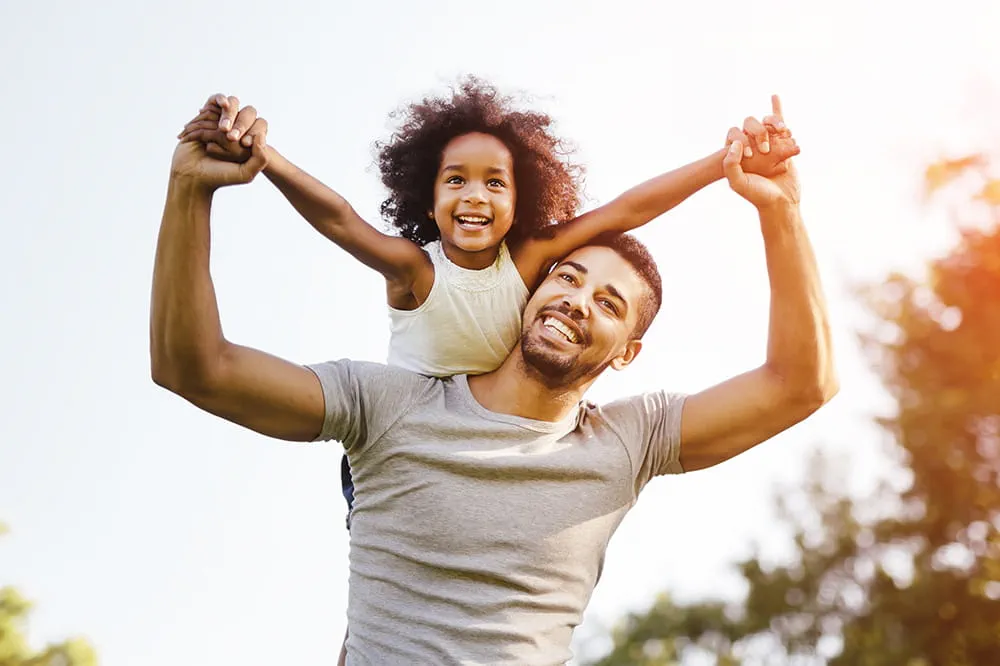
Children are at the center of everything we do.
We are dedicated to caring for children, allowing us to uniquely shape the landscape of pediatric care in Arkansas.
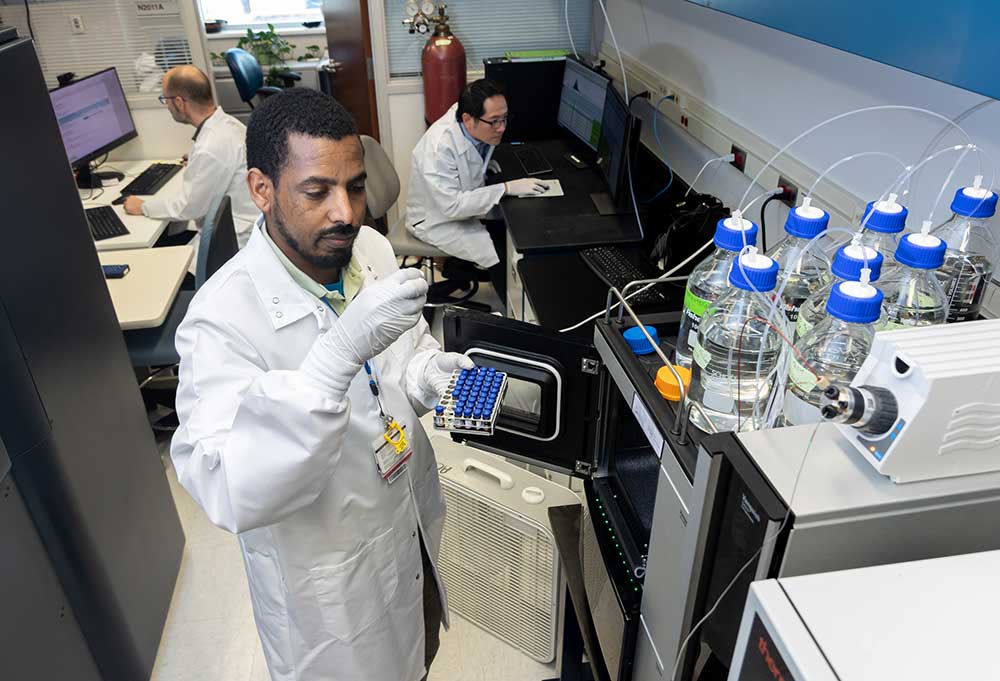
Transforming discovery to care.
Our researchers are driven by their limitless curiosity to discover new and better ways to make these children better today and healthier tomorrow.

We're focused on improving child health through exceptional patient care, groundbreaking research, continuing education, and outreach and prevention.
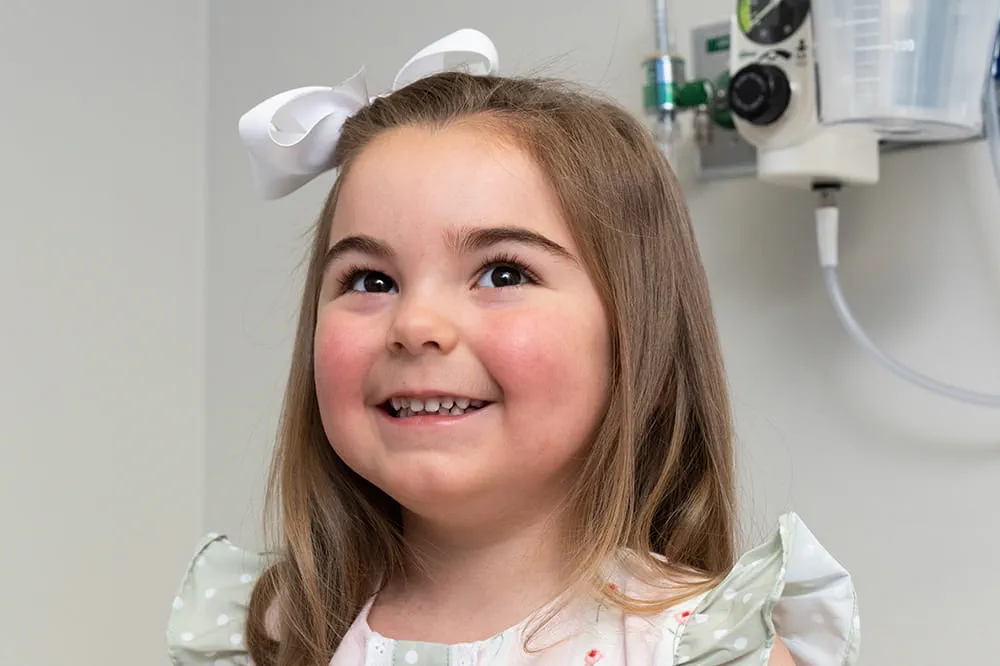
Then we're looking for you! Work at a place where you can change lives...including your own.
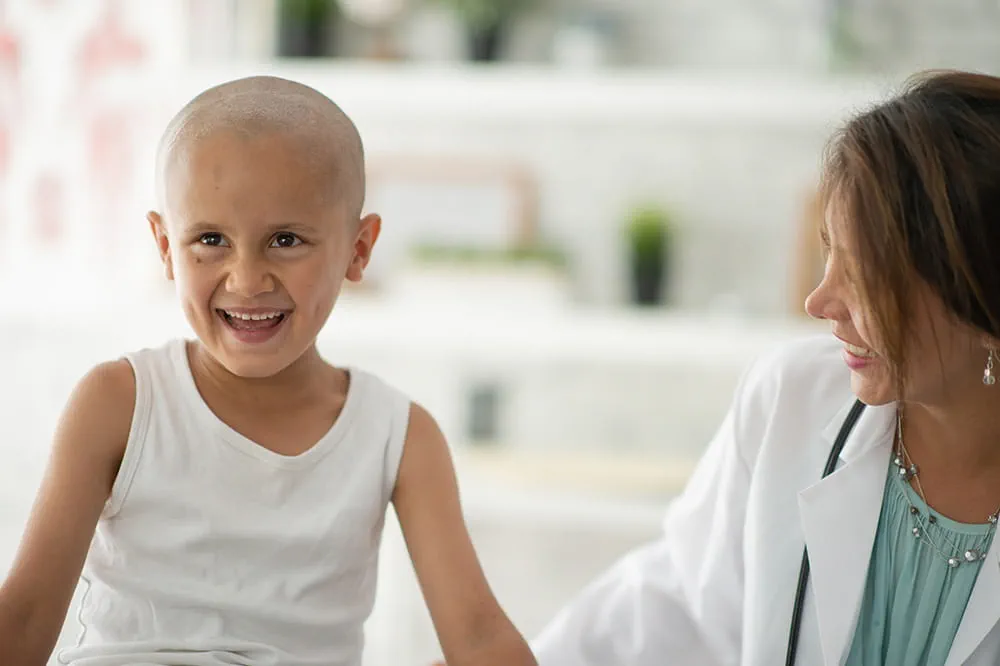
When you give to Arkansas Children's, you help deliver on our promise of a better today and a healthier tomorrow for the children of Arkansas and beyond
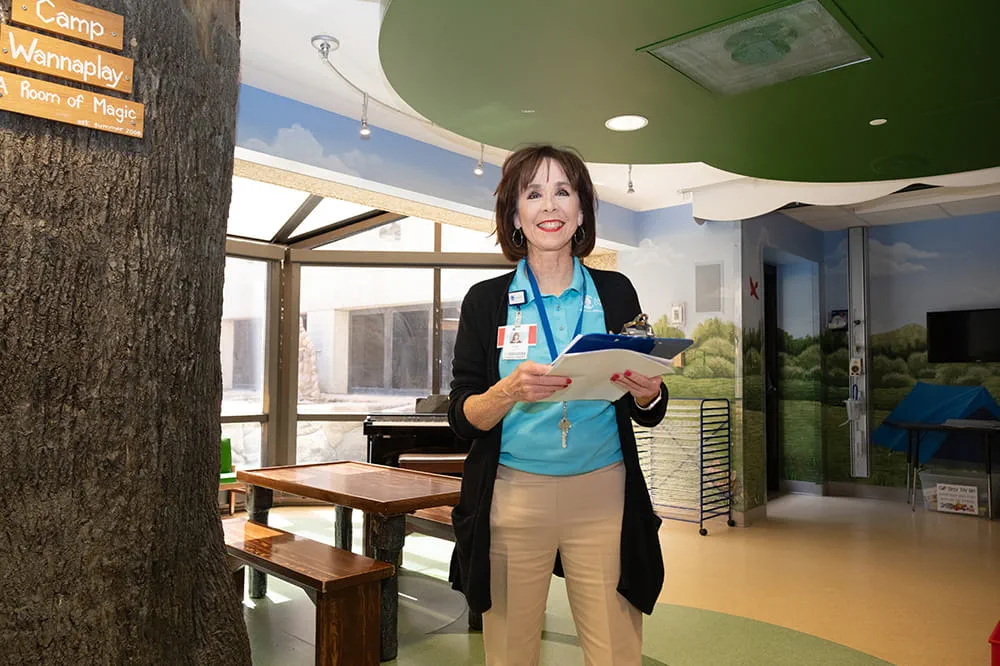
Become a volunteer at Arkansas Children's.
The gift of time is one of the most precious gifts you can give. You can make a difference in the life of a sick child.
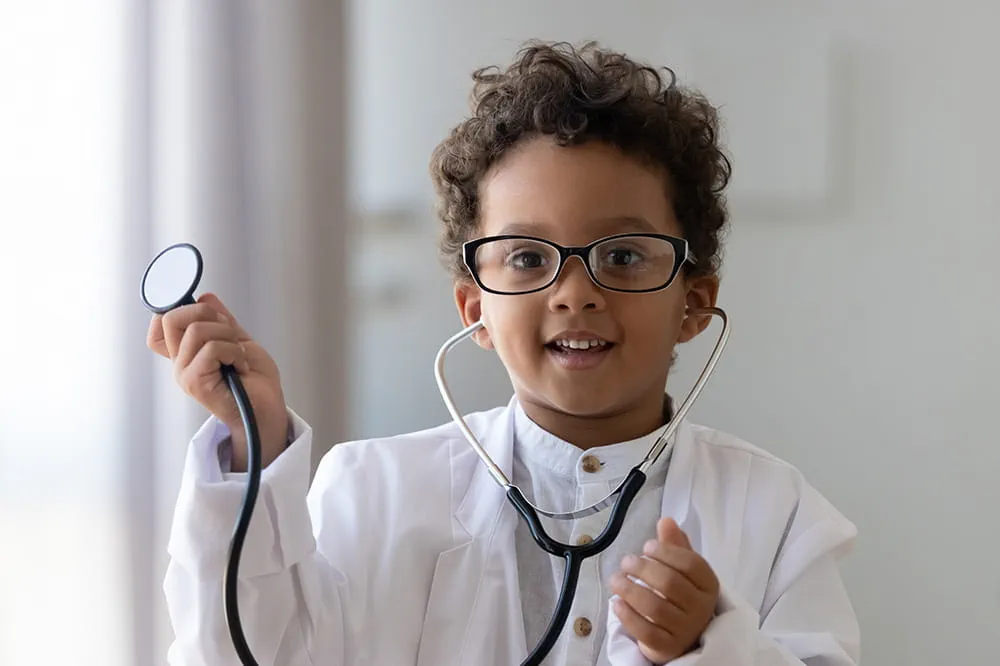
Join our Grassroots Organization
Support and participate in this advocacy effort on behalf of Arkansas’ youth and our organization.

Learn How We Transform Discovery to Care
Scientific discoveries lead us to new and better ways to care for children.

Learn How We Transform Discovery to Care
Scientific discoveries lead us to new and better ways to care for children.

Learn How We Transform Discovery to Care
Scientific discoveries lead us to new and better ways to care for children.

Learn How We Transform Discovery to Care
Scientific discoveries lead us to new and better ways to care for children.

Learn How We Transform Discovery to Care
Scientific discoveries lead us to new and better ways to care for children.

Learn How We Transform Discovery to Care
Scientific discoveries lead us to new and better ways to care for children.
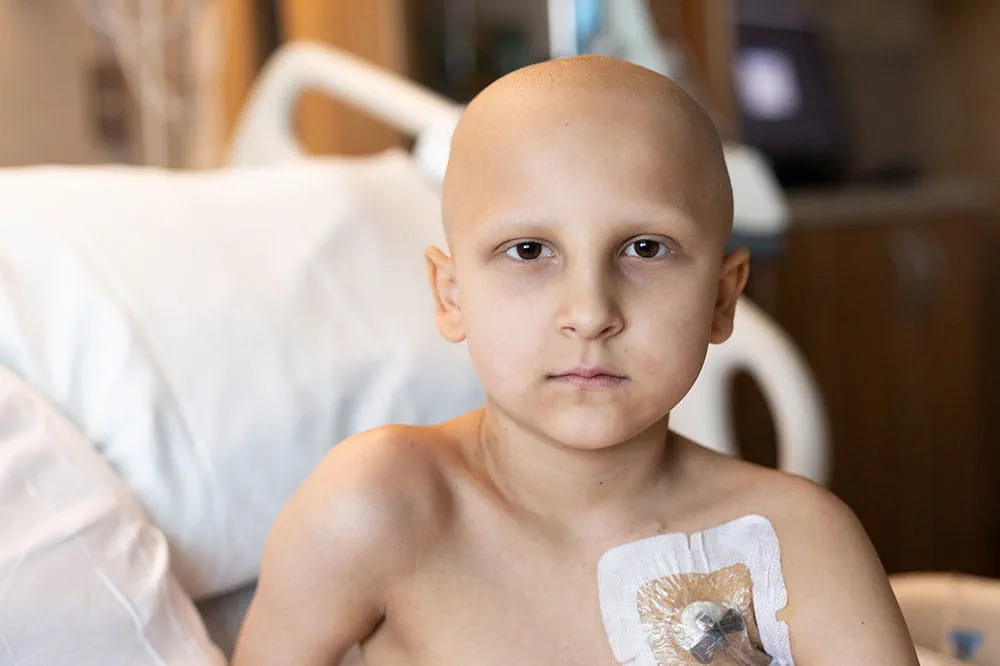
When you give to Arkansas Children’s, you help deliver on our promise of a better today and a healthier tomorrow for the children of Arkansas and beyond.
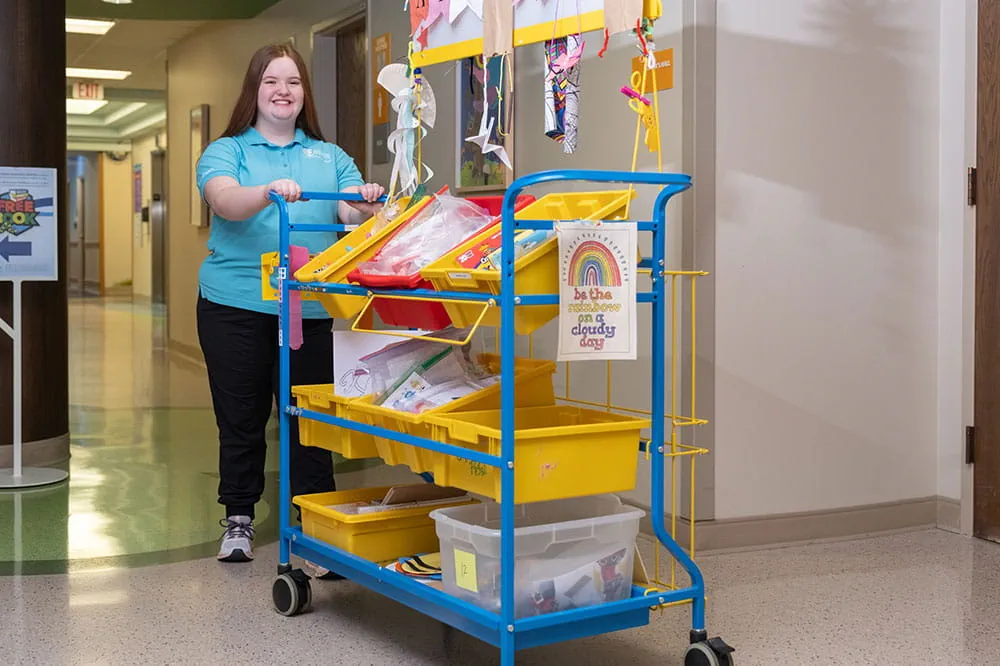
Your volunteer efforts are very important to Arkansas Children's. Consider additional ways to help our patients and families.
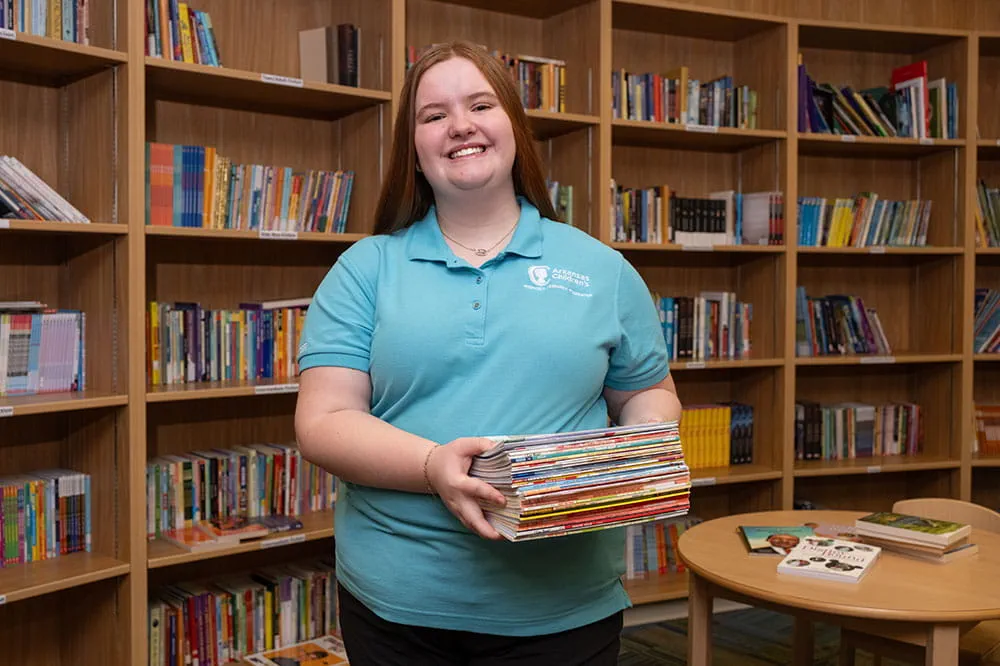
Join one of our volunteer groups.
There are many ways to get involved to champion children statewide.
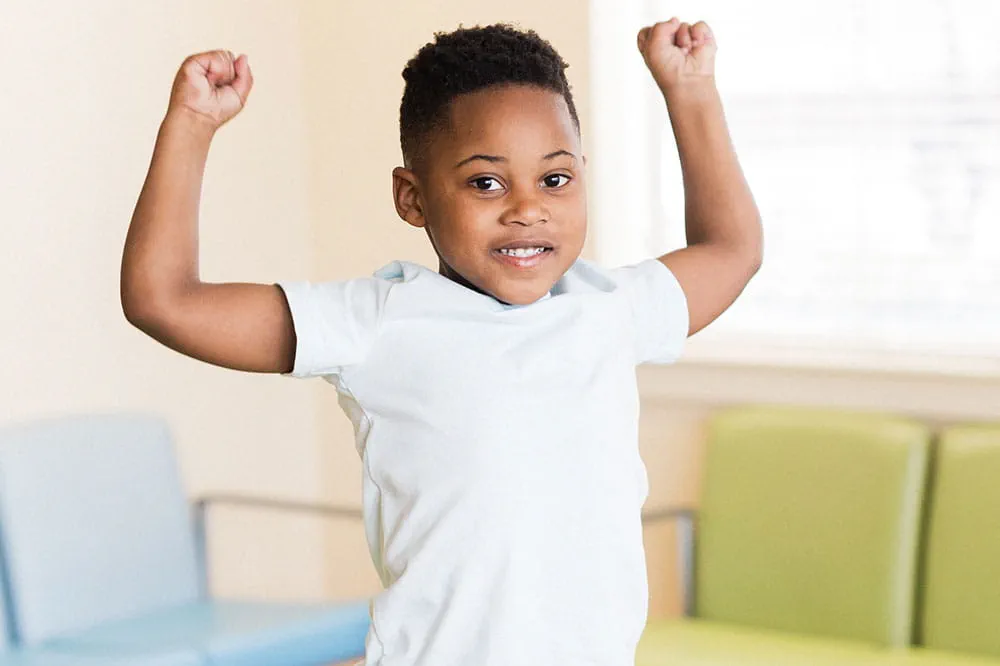
Make a positive impact on children through philanthropy.
The generosity of our supporters allows Arkansas Children's to deliver on our promise of making children better today and a healthier tomorrow.
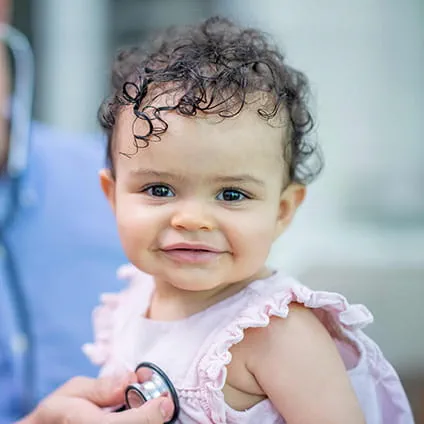
Read and watch heart-warming, inspirational stories from the patients of Arkansas Children’s.
Hello.
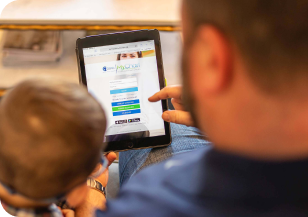
Arkansas Children's Hospital
General Information 501-364-1100
Arkansas Children's Northwest
General Information 479-725-6800


From Slalom to Surgery: The Technical Edge of Dr. Adrienne Koder
Published date: May 21, 2025
"That was probably my earliest skiing memory, being really excited to go up in the big chair," Koder, now 36, smiled. "I think that's also partially because I saw my older siblings doing it, so it wasn't as scary. Everyone in my family did it."
From a young age, Koder’s ability to tackle any mountain in life is infused with calm confidence, whether a helicopter drops her in the middle of the Canadian Rockies to ski or she changes the life of a child with a complex orthopedic condition in the operating room at Arkansas Children’s Northwest (ACNW) in Springdale.
Koder, D.O., a board-certified pediatric orthopedic surgeon, operating room medical director and secretary of staff at ACNW and assistant professor in orthopedic surgery at the University of Arkansas for Medical Sciences, has transformed pediatric orthopedics care at ACNW in just three years. She brings the same level of detail and drive to caring for her patients that she brings to the ski slopes.
"A similarity would be the performance under pressure in skiing. For competitive ski racing, you had to get up early, and whether it was negative 10 degrees or 30 with zero visibility, you had to go out on the hill. You have one chance to perform well, and that's all you get," Dr. Koder said. "In surgery, you get one chance too. You have to perform under pressure and high-stress situations. You have to have resilience. In competitive skiing, it's performing in all weather conditions, and for surgery, it's different children and pathologies. You have to be able to perform with what you have in front of you."
Skiing: Feeling Invincible
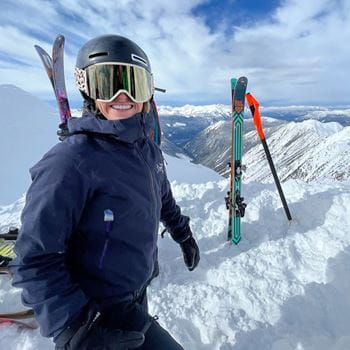 Born and raised in Buffalo, New York, Dr. Koder was the youngest of three siblings. Despite being the baby of the family, her parents did not coddle her.
Born and raised in Buffalo, New York, Dr. Koder was the youngest of three siblings. Despite being the baby of the family, her parents did not coddle her. "As a kid, I was very boisterous, outgoing and loud. 'Busy,' my parents would say. They always said I was more work than my siblings combined," Dr. Koder said. "I was just always doing something. I did a lot of different sports and a lot of different activities. I think my parents did that for their own sanity."
She competed in soccer, tennis, track, ski racing and gymnastics. She even played the saxophone for 10 years.
“I didn’t want to play the flute and the clarinet like every other girl did, and I thought the saxophone was cool,” Dr. Koder laughed.
While she spent many years excelling in soccer, playing Division III in college and adult leagues, her heart has always been on the ski slopes.
Dr. Koder, whose parents were ski instructors on the weekends, competitive ski raced from 6 to 16 years old.
"As you get older, it becomes more competitive, and there's more travel. It was a lot of travel through middle and high school, especially on weekends," she said.
Skiing season began with practice in the fall through winter. The last race was the Slush Cup in April. At 14, she was selected for the Empire State Games, an elite skier competition.
Competitive skiing includes races on most weekends, with different age levels. Skiers have two runs and a combined time score. There are different disciplines within ski racing: slalom, where the gates, meaning pairs of poles that define the perimeters of a course, are close together; giant slalom, where the gates are further apart; super giant slalom, where gates are far apart and include flags; and downhill, which is fast, sometimes clocking at 65 mph.
"I was best at slalom. It was a very technical one. It was slower," Dr. Koder said. "A little mistake and you'd blow out the course. You have less room for error."
Today, she takes two ski trips a year. Her last family ski trip was heli-skiing in Revelstoke, British Columbia, in 2022.
"They take you to the top of the mountain and just kind of leave you there," Dr. Koder said. "They take you up multiple times and we did it for three days. It takes you about an hour or so to do a run, usually a mile to two miles. In powder like that, you're not going that fast; you're just kind of floating along. You're just in awe of the remote beauty. I've just never been in anything like that. The snow is so incredible and untouched."
Her favorite ski spots are Alta, Utah, near her parents in Salt Lake City, and Jackson Hole Mountain Resort, Wyo. She married her husband, Stephen, on the top of a ski slope at Snowbasin Resort in Utah. Their 17-month-old son, Tatum, was put in ski boots as soon as he could walk and will be ready for the snow next year.
"It's truly blissful. If you're in powder or on a nice, groomed hill, you truly feel like you're floating down the mountain. You just feel like you're on top of the world; like you can do anything. It's just a good feeling you don't get from anything else," Dr. Koder said of skiing. "It transports you, and you don't think about your worries. You think about what you're doing, and you're always just looking up and seeing true beauty. You feel invincible."
Pediatric Orthopedics: Healing Young Lives
Like skiing, Dr. Koder is drawn to the technical characteristics of orthopedic surgery and to helping her pediatric patients feel invincible.
Dr. Koder said she was always interested in a medical career, but tearing her ACL during soccer practice at 16 solidified her love for orthopedics. She received her medical degree in osteopathic medicine from New York College in 2015. She completed her residency at Philadelphia College of Osteopathic Medicine in 2020 and her fellowship at Columbia University Irving Medical Center in New York City in 2021.
“I really liked the technicality of orthopedic surgery and the nature of being able to fix a bone and have visible results,” she said.
Her husband’s work occasionally brought him to Arkansas, and ACNW was the perfect fit for her career.
"I wanted to do trauma and lower extremity deformity work. And that's what ACNW needed," Dr. Koder said. "We love it. The culture here is so good. All of the staff are truly just willing to help."
Her first priority was to serve children in the area. Dr. Koder helped to grow her team by two ortho surgeons, and three ortho physician assistants. She also helped in recruiting five surgical hospitalists.
The ortho team treats a variety of conditions in infants to 18-year-olds, with the top including:
- Pediatric trauma (like broken bones)
- Musculoskeletal system injuries (tendons, muscles, bones)
- Spine conditions like scoliosis
- Hip dysplasia
- Any lower and upper extremity deformity
- Prenatal appointments for orthopedic conditions, like clubfoot
In clinic appointments, Dr. Koder always addresses her young patients’ questions first.
"It's important to me to focus on what they care about first. For a kid, they always want to know what they're going to get, a brace or cast. And I try to get them to focus on, 'OK, mom and dad are going to talk to me, but you've got to figure out what cast color you want,'" Dr. Koder said.
She championed prenatal orthopedic consults for clubfoot, a congenital foot deformity where the direction of the foot turns in and down. Clubfoot is fixed with casting and a small procedure. It impacts one to two in 1,000 babies, and it's more prevalent in boys. Clubfoot can be detected at a 20-week prenatal scan, and Dr. Koder will then meet with the caregivers for a consultation on future care. Casting for clubfoot can be done as early as 2 days old.
"I show a mom the clubfoot cast and give her an information booklet. I tell them the process, that their feet will still allow them to run and jump. I explain all about the pathology and exactly what we're going to do and next steps when baby is born," Dr. Koder said. "I love doing those appointments because you can just tell the parents now know what to expect. It's just so terrifying to know your kid is going to have a problem, but then I can let them know, 'They're going to be OK; we're going to get through this. This is what we have to do.'"
Dr. Koder's top surgeries are foot deformity and hip reconstructions.
"Doing a tibialis anterior tendon transfer is my favorite surgery. Sometimes, after clubfoot surgery, in children ages 4 to 8, their foot is lifted in a position that is not conducive to walking. We can transfer a tendon, which helps their foot lift up in a normal position," Dr. Koder said. "It's a fun technical procedure with a high success rate."
Every patient is special in their own way, from the countless children she operated on during her mission trip to Ecuador, spending 12 to 16 hours in surgeries daily, to the lives she’s changed at Arkansas Children’s.
"There was a girl, a little over a year old, and we did three or four surgeries and reconstructed her foot after an equipment-related accident. I told the mom I did not know then if we would lose the foot," Dr. Koder said. "She has her entire foot and is doing well now. I even have a video of her on my phone that I'll never delete of her walking for the first time."
As Dr. Koder describes what makes Arkansas Children’s special, she exudes her typical calm confidence, knowing her team moves mountains for every child who comes to ACNW for pediatric orthopedic care.
"We encompass all aspects of their care, including social aspects, sports and other parts of their life. It's not just a one-size-fits-all approach. Most of the people on my team are parents and understand what is involved in treating a child," Dr. Koder said of what sets ACNW apart. "In addition to orthopedic training, all of our orthopedic surgeons here took that additional year to train in pediatric orthopedic surgery. Our clinic physician's assistant even did a fellowship in pediatric orthopedic surgery. Caring for children is much more involved than caring for adults, and I think we're more equipped to do that."
* This article was written by the Arkansas Children’s content team and medically reviewed by Adrienne Koder, D.O.
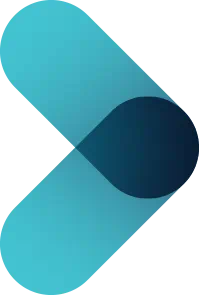
Appointments
New and existing patients can visit our appointment hub for several ways to request an appointment, including online scheduling for many services.
Request an appointment
